New employee onboarding is one of modern companies' most common and important learning situations. Employees need to be trained as quickly as possible to perform their new roles, and at the same time, it is necessary to test and measure their new knowledge to ensure that they will be successful.
Traditional learning approaches often do a poor job of employee onboarding. Their one-size-fits-all strategy is inefficient at presenting new material, and cannot easily assess whether a new employee is ready yet.
Modern learning methods, using AI-based personalization techniques, succeed in employee onboarding where traditional learning does not. Personalization ensures learners stay engaged through an educational journey tailored to their precise needs. Constant monitoring and measuring give stakeholders ample information to determine when a new employee has satisfactorily completed the course.
Realizeit’s adaptive learning platform uses these principles to deliver effective, personalized learning at scale. Our system relies on four keys when it comes to new hire onboarding.
The Four Keys To Great New Hire Onboarding
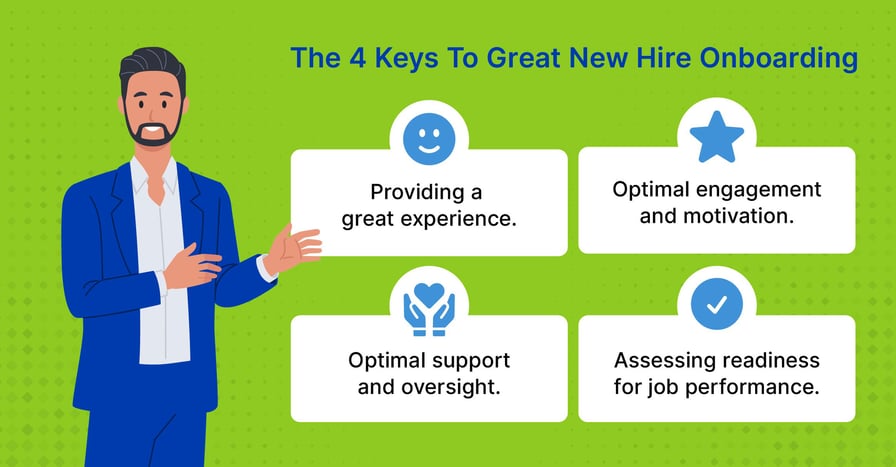
Effective onboarding comes down to these factors:
-
Providing a great experience. Learners should feel that their learning experience is tailored to them, and not wasting their time with redundant information.
-
Optimal engagement and motivation. Progress should be closely monitored and adjusted to ensure that learners are motivated to focus and continue.
-
Optimal support and oversight. This includes support from multiple stakeholders involved, including business leaders, managers, trainers, coaches, and learning designers.
-
Assessing readiness for job performance. It should be easy to know with confidence if a particular learner is ready to start on the job.
Key #1: Providing a Great Learning Experience
How do you deliver an engaging and useful learning experience?
Through the use of personalization, the learner experience can be finely adjusted at every step of the way to provide an optimal flow of learning.
Learning should be clear and structured. It is important for learners to know what they are learning, and why they are learning it.
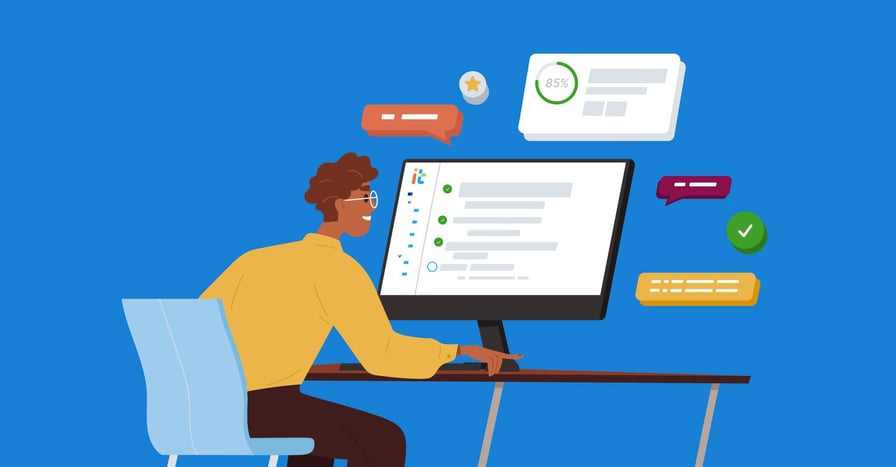
Learners should have access to a visualized learning journey, helping them place their current position in a broader personalized learning path. We think of this as a “GPS” for learning.
The learning journey should respect prior knowledge. Learners come in with varying levels of prior knowledge, meaning that different parts of the curriculum may be more or less relevant to their needs.
The learning should progress in small bites. This makes it easier to digest, and easier to continue.
The goal of the learning journey should be job readiness. We are focused on bottom-line outcomes.
The learning journey should be seamless and connected. A fragmented learning environment is confusing.
Lastly, the learning journey should be mobile and available anywhere. This removes friction from engaging in the learning process.
Key #2: Optimal Engagement and Motivation
How do you elevate engagement and motivate learners?
Learning and training are not always the most exciting or looked forward to part of one’s job. However, it is possible to make learning highly worthwhile so that employees are more motivated to engage with it.
Traditional learning suffers from a one-size-fits-all approach that leaves some learners behind and others wasting their time with redundant information. Personalized learning, driven by AI, aims to remove that problem by delivering learning experiences that are tailored to the needs of each individual learner.
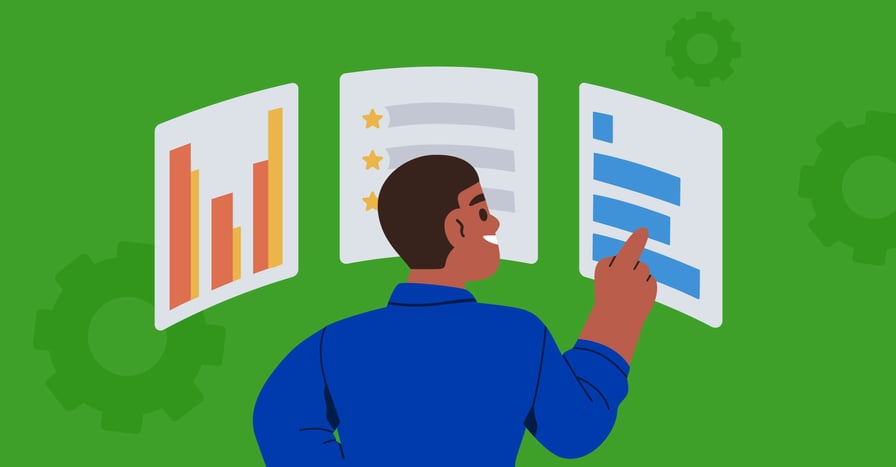
Personalized learning uses progress monitoring and continual feedback to ensure optimal cognitive, behavioral, and emotional learner engagement. The flow of the experience is adjusted to make it engaging at all times.
This process aims to be self-regulating. The actions of the learner provide immediate data for adjusting the learner experience at their own pace.
Nudging is a technique whereby the program is designed to subtly influence the user experience so as to make it more likely that users will perform a particular action. By reducing friction, nudges increase motivation and engagement.
Key #3: Optimal Support and Oversight
What support and oversight from the organization and managers are necessary?
Learners need effective support from all stakeholders, including business leaders, managers, trainers, coaches, and learning designers.
By providing the right support for learner engagement, personalized learning enables stakeholders to effectively monitor, support, and guide individual learners. This takes many forms.
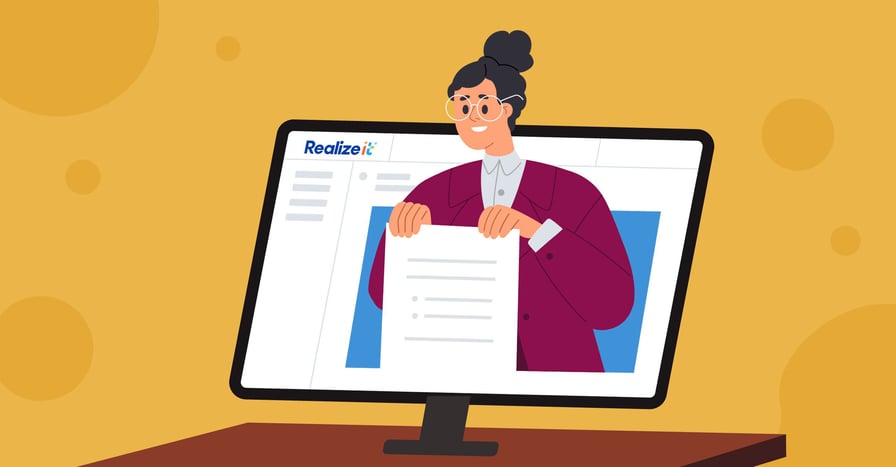
Progress insights explain how individuals and groups are progressing through their learning journeys. Insights can identify factors like learning bottlenecks, gaps, and understanding, as well as suggest where the journey is going particularly well.
Coaching opportunities and tailored training give learners individualized support. They allow for targeted instruction and one-on-one tutoring in the learning journey to maximize the effectiveness of the process.
Timely communication is important for delivering feedback often enough to keep learners motivated for learning activities. Learners and managers can receive notifications about their progress in real-time.
Key #4: Assessing Job Readiness
How do you know with confidence if they are ready to start on the job?
For many businesses, the bottom line when it comes to training is that their workers are trained to the point of job readiness. In different contexts, this may take different forms. In many industries, there are regulatory requirements on worker competency before they can be allowed to work, and in such situations, the learning outcomes are particularly important.
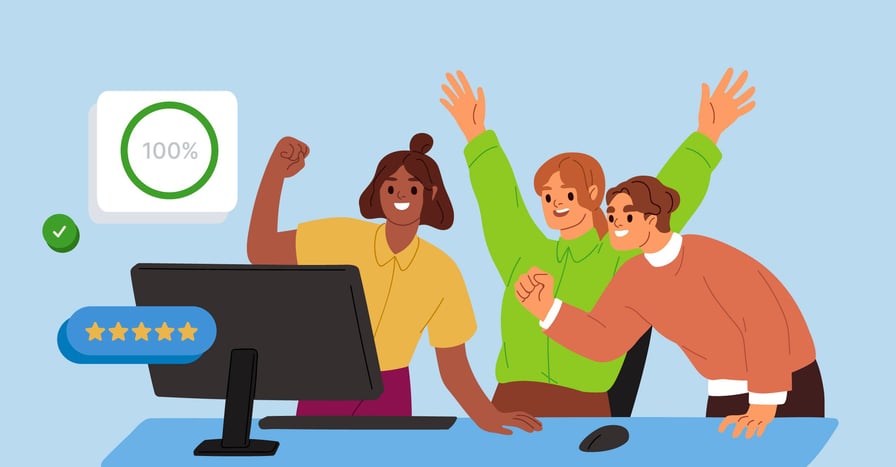
Traditional learning systems typically have poor or limited ability to measure learning outcomes. They are often unable to adequately validate that the instruction has succeeded.
Personalized learning, on the other hand, ensures knowledge acquisition through several means. Learner progress is constantly measured for a job-ready state. Learning and knowledge are assessed, and mentor review can further corroborate learning outcomes.
From Onboarding to Ongoing Learning with Realizeit
Learning is a continuous journey. Where one part of it ends, another begins.
Workers who successfully complete onboarding then go on to perform their roles in full. That is when the next phase of learning begins: ongoing learning. Employees need to be regularly trained and tested to keep up with the shifting demands of their roles and to keep their skills sharp.
Much of this takes place on the job. There is only so much that can be taught prior to actually performing a role.
Realizeit’s adaptive learning platform personalized learning using AI, making a seamless transition from onboarding to ongoing learning. Because the system makes a learner profile for each individual learner, their information is carried over into each subsequent phase of learning. Information such as prior knowledge and background is contained in the system to make it easier to plan the next phase of the learner’s journey.
Interested in seeing our system work in action? Sign up for a free demo today.